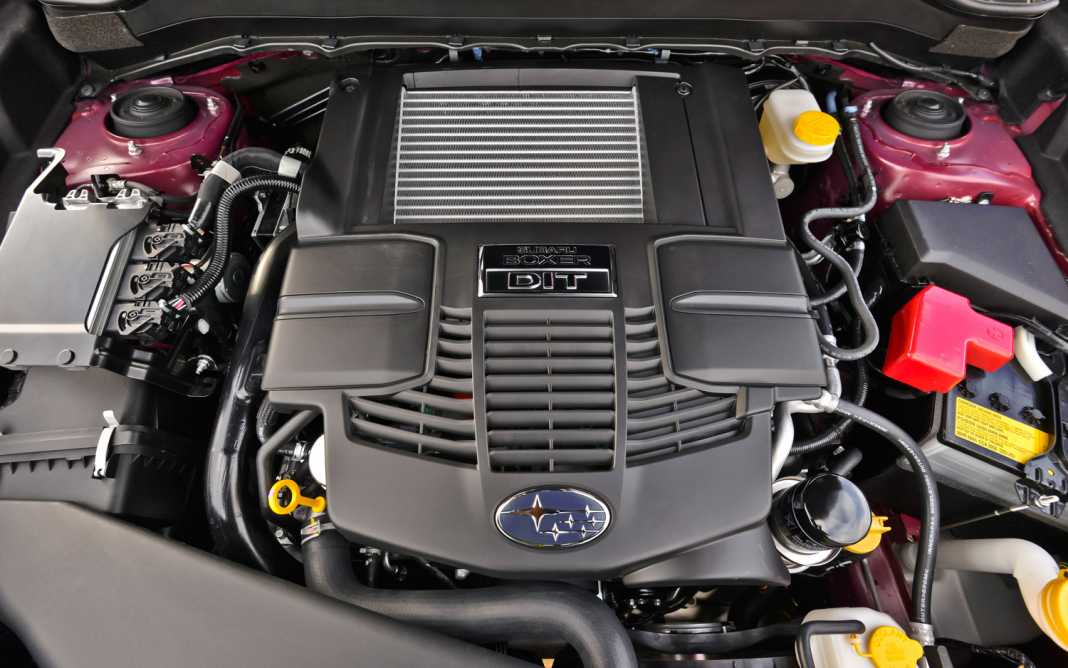What is horsepower? To find out we need to go back to its roots and man’s second best friend, the horse. Horses come in all shapes and sizes from prancing ponies to mighty shires, and that means some are a lot more powerful than others. if you’ve ever stopped to wonder what ‘horsepower’ means as a measure of your car’s performance, all this is probably a bit confusing. But have no fear, we’re here to help!
Power is basically a measure of work over time, and the unit of horsepower has been around since the late 18th Century, when Scottish engineer James Watts was looking for a standard measurement against which to compare his new steam engines.
Legend has it that following experimentation with heavy horses dragging loads up a mine-shaft, Watts determined that one horse could – on average – lift 33,000lbs over a distance of one foot in a minute. And that’s why one horsepower equals 33,000 foot-pounds per minute of work, regardless of the modern day belief that such a work rate is 50 per cent more than any horse could actually deliver over the course of a working day.
What is HP compared to BHP and PS?
The metric equivalent of a single horsepower, referred to as 1 PS, equals 4,500 kilogram-metres per minute, which rounds out at 32,550 foot-pounds per minute, or 0.9863 of a horsepower.
The horsepower rating of an engine is usually measured on a dynamometer, which is a form of mechanical brake used to apply variable loads to a running engine so that torque and power may be calculated at different engine revs – hence brake horsepower (which is always quoted at a given RPM).
Due to frictional losses, brake horsepower measured at the engine output shaft is always lower than an engine’s indicated horsepower – which is the name given to the total amount of power created by the combustion of fuel in the cylinders. (Only engineers tend to talk about indicated horsepower, and then just amongst themselves)
Wheel horsepower isn’t talked about much either, because it’s measured where the wheels meet the tarmac, and is therefore a lot lower than the all-important bhp figure, due to friction losses through the gearbox and drivetrain. Unsurprisingly, nobody in the car industry wants to advertise the lower figures, even if they’d arguably be the most relevant to compare.
Wherever it’s measured though, your car’s horsepower rating – or its rate of work – depends on how much fuel the engine can burn in a given time. And that’s why horsepower tends to build as the engine revs increase (up to a point), because you’re pumping more fuel into the cylinders.

